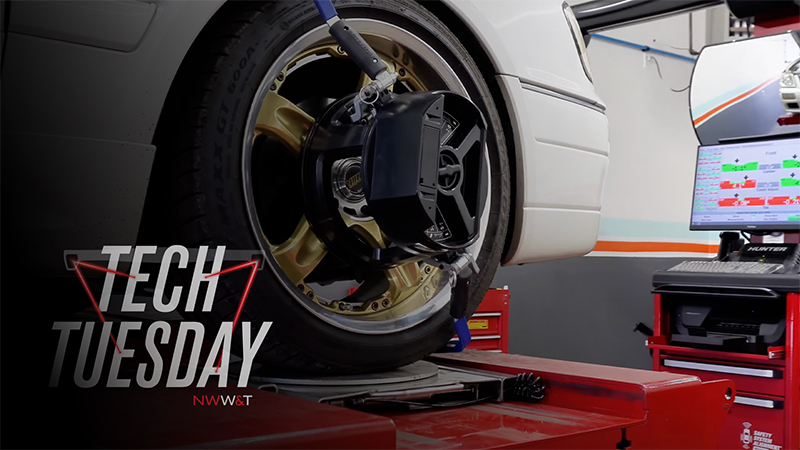Message an Advisor
How to read your tire's sidewall
The Three-Peak Mountain Snowflake symbol indicates that a tire meets traction requirements.
This symbol is awarded to tires that have passed specific performance tests, including traction on medium-packed snow. Tires with the 3PMSF symbol are made from rubber compounds that remain pliable in colder temperatures, improving grip and performance on snow-covered or icy roads. Unlike the M+S (Mud and Snow) rating, which doesn't require specific testing, the 3PMSF designation ensures that the tire is suited for harsh winter environments.
1. Handling and Performance: A lower aspect ratio (e.g., 40 or 50) usually means a shorter sidewall, which tends to improve handling and cornering because the tire is stiffer and less likely to flex. This can enhance the vehicle’s responsiveness but may also result in a harsher ride.
2. Ride Comfort: A higher aspect ratio (e.g., 70 or 80) typically indicates a taller sidewall, which can absorb more shock from road imperfections, offering a more comfortable ride. However, this can also lead to less precise handling.
3. Aesthetic Appearance: The aspect ratio also affects the appearance of the tire and vehicle. Low-profile tires (lower aspect ratio) are often chosen for their sporty look, while higher aspect ratios can give a more traditional or rugged appearance.
4. Speedometer Accuracy: Changing the aspect ratio without adjusting other tire dimensions can affect the overall diameter of the tire, which in turn can influence the accuracy of your speedometer and odometer readings.
5. Traction and Stability: The aspect ratio can also influence the tire’s performance in different driving conditions. For instance, tires with a higher aspect ratio might perform better in off-road conditions due to the increased sidewall height, which provides more flexibility and grip.
